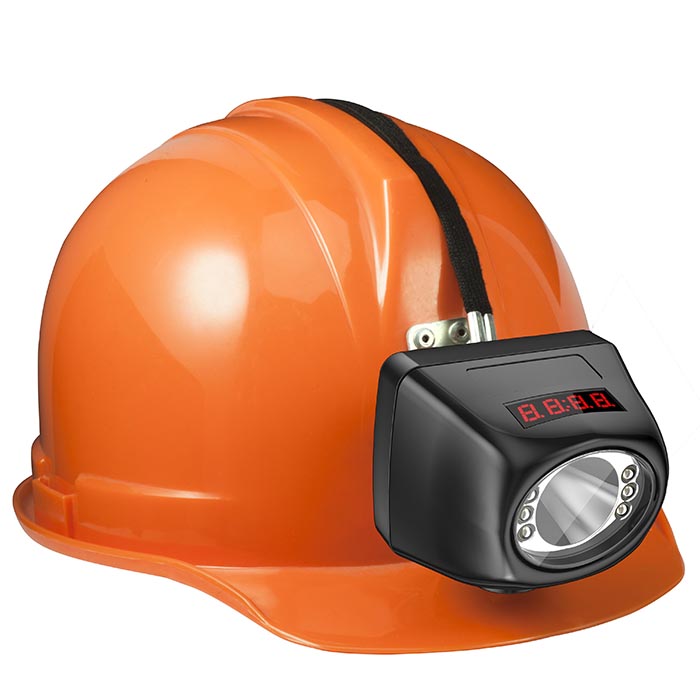-
 13316809242/15816897019
13316809242/15816897019
-
 59911926@qq.com/sales@goldenfuturehk.com
59911926@qq.com/sales@goldenfuturehk.com
 13316809242/15816897019
13316809242/15816897019
 59911926@qq.com/sales@goldenfuturehk.com
59911926@qq.com/sales@goldenfuturehk.com
Time:2021-07-02 Views:0
The LED explosion-proof lamp radiator naturally chooses metal as the material of the radiator. For the selected material, it is hoped that it has high specific heat and high thermal conductivity at the same time. It can be seen from the above that silver and copper are excellent thermal conductivity materials. It is gold and aluminum, but gold and silver are too expensive, so the current heat sink is mainly made of aluminum and copper. In comparison, both copper and aluminum alloy have their own advantages and disadvantages: copper has good thermal conductivity, but it is more expensive, difficult to process, heavy, and copper radiators have small heat capacity and are easy to oxidize .

On the other hand, pure aluminum is too soft to be used directly. The aluminum alloy used can provide sufficient hardness. The advantages of aluminum alloy are low price and light weight, but the thermal conductivity is much worse than copper. In order to strengthen the heat dissipation of the led explosion-proof lamp, the FR4 printed circuit board in the past is no longer sufficient. Therefore, a printed circuit board with a metal core is proposed, called MCPCB, which uses a metal with better thermal conductivity such as aluminum or copper at the bottom. Accelerate heat dissipation, but the heat conduction is also limited due to the characteristics of the insulating layer. For light, the substrate must be transparent enough to not obstruct the light, or a reflective material layer is added between the light-emitting layer and the substrate to prevent the light energy from being obstructed and absorbed by the substrate, resulting in waste. In addition, , The substrate material must also have good thermal conductivity, and is responsible for quickly guiding the heat released by the die to the lower heat sink. However, the substrate and the heat sink must also use a good thermally conductive interface, such as solder or Thermal paste. At the same time, the epoxy resin or silicone resin (sealing layer) above the die must also have a certain heat resistance, so as to respond to the temperature that starts from the p-n junction and is conducted to the surface of the die. In addition to strengthening the substrate, another method is flip chip inlay, which transfers the bare chip electrode located above the LED explosion-proof lamp to the bottom, and the electrode is directly connected to the wire foil at the bottom, so that the heat can be conducted to the bottom faster. This method of heat dissipation is not only used for LEDs, but nowadays high-heat CPUs and GPUs have also implemented this method to accelerate heat dissipation.

